My trip to Japan for Pocky was one of the best media trips i’d taken in my life.
I actually feel nervous writing about this, cos there’s so much to cover – things i learnt, information i was enamoured with, freaking amazing food, the loveliest people i got acquainted with, and endless new sights and sounds that contributed to my experience in Japan.
When i told some girl friends that i was going to Japan for Pocky, two excitable responses distinctly stood out.
Cammy said, “Pocky!? Oh my god i love Pocky! Are you bringing back Pocky? Bring back loads of Pocky! I once had a Pocky phase… where i ate so much Pocky every day, i had to stop!”
Before my trip to Tokyo, i was in London for a week where Yishyene was, and she said, “Pocky. It’s POCKY Joyce! That’s it. You’ve reached the highest point in life. There’ll be nothing for you after.”
Damn drama right.
I mean, *i* love Pocky. I even remember it being called Rocky when i was a kid, and always choosing the strawberry over the chocolate one when i was 5 years old and allowed it as a treat. I discovered on this trip that Rocky = Pocky! Malaysia is the only country where its name was officially changed to Rocky when it was first imported here in the 80s because market research showed that Pocky might not be a suitable name… (take a wild guess why).
Pocky has been around since the 60s… 1966 to be exact. Isn’t that insane? That’s how established the brand is!
If you think that’s long, wait till you hear how long the mothership company has been around for: Pocky was invented by Glico, one of the top confectionary brands in Japan. You may recognise other popular products under the Glico umbrella like Pretz, Caplico and Collon, to name a few (do you remember Collon? I LOVE IT!!!). Glico has been around since 1922. That’s older than my grandmother.
Today, Glico is listed on the Tokyo Stock Exchange and has almost 10,000 employees. Glico and Pocky are such a phenomenon that you just have to search the hashtags #pocky or #glico on Instagram to see for yourself how much they’re loved!
But before i run off on a spiel, let’s start from the beginning… when i was on the plane to touch down in Narita airport.
There was a glimmering spot in the distance where the morning sunlight hit the top of some clouds in the most spellbinding way.
My view from my hotel room in Shinagawa, where the Glico Tokyo headquarters is at.
The first few members of the Glico team i met: Hiroyuki Okamoto, Takuya Ichida, and Osamu Nakahara, and Bettina Gasser.
Little did i know how attached we were all gonna get!
Pocky and Pretz to greet me! Packaging i’ve never seen in my life… and such CUTE ones too! It was almost a shame to eat them cos the packaging was too delectable itself to tear open.
The one with the cute yellow face on the top right is pear-flavoured Pretz, which i just shared with Baby/Faridah last Saturday. Or rather, i had one stick while she quietly kidnapped the rest…
The choc Pocky on the lower left is a special edition one for Christmas, with chocolate that would never make it to Malaysia cos it’s too hot here to last; and the remaining three on the bottom row are 2014 Halloween editions of strawberry, pumpkin, and i’m guessing white chocolate flavour. I whacked the strawberry and pumpkin ones myself, but gave the panda one away to either Tai Yong or Claudia cos they’re crazy about pandas.
Oh my, THIS was such a delightful discovery. You have to eat this when you go to Japan. YOU MUST.
It’s called Pucchin Pudding and is officially recognised by Guinness World Records as the world’s best-selling pudding, with sales surpassing the 5.1 billion mark in 2012. (< I only knew all these facts AFTER i’d eaten the pudding and loved it so much i asked the Glico team whether it was possible for me to bring some home for my friends in Malaysia to try and they said it’s impossible due to our weather conditions and how it won’t last in transit/taste the same. #cry)
Pucchin Pudding was launched in 1972 after the Glico development team devised an ingenious method to serve this product similar to how Japanese pastry chefs do it in stores – whereby the container is turned upside-down over a plate and poked with an icepick so that the contents slide out smoothly with the soft caramel that’s at the bottom still intact and beautiful on the top.
After much thought, effort and time; an unassuming tiny stick is made just on the base of the Pucchin Pudding, so when it’s snapped off (that makes the sound ‘pucchin!, hence its name), the air that flows above the caramel area allows the whole dessert to slide effortlessly out in one gliding motion. That cool function, and the fact it’s got an amazing texture and taste just did it for me.
Oh Pucchin Pudding, i miss you so.
…. Wow three paragraphs on a pudding. Back to the story.
It was approaching lunch time when we were in the office, so the team packed us salads and sandwiches (i couldn’t eat anything more then cos i’d had so many snacks!) and we were chauffeured to the Glico Pia East factory in Kitamoto.
I was really excited about visiting the factory cos it was one of the highlights of the trip and i felt like i’d won a Golden Ticket in Charlie and the Chocolate Factory.
When i told friends i was going to the Pocky factory, it was one of the occurrences in my life where more than five people commented, “I wish i had your job.”
I couldn’t believe it too!
Me, going all the way to the Pocky factory!
To see how POCKY IS MADE.
Seriously, just bringing myself back to that moment and how i felt is so joyous.
It was such a happy day!!!
When we first arrived at the factory entrance, i spotted some signs stating you can’t take photographs so i didn’t get a picture of a group of female Glico tour guides all smiling and bowing simultaneously to greet us. It was such a cartoonish sight, i felt like i was truly entering a magical factory. It was only after that, i was told i *could* take pictures (darn it, but it’s okay. Some things are more precious left in the mind’s memory).
We were brought through the history of Glico which i found absolutely riveting based on the true story of its founder Mr. Ri-ichi Ezaki.
Born in 1882, he worked in his family’s pharmaceutical business at the tender age of 14 while continuing his studies with borrowed lecture notes. During this phase in his life, he also learnt various subjects by visiting a teacher living in his neighbourhood called Mr. Sayokichi Naramura.
One of the many topics he learnt included business, with invaluable lessons being:
“Business is not only for oneself, but also for society.”
“A seller profits from selling goods, while a buyer profits as a result of obtaining a product that is worth the money spent.”
What brilliant things to learn as a boy!
Those phrases were combined to become “Business is equivalent to service” – an ideal that Mr. Ezaki practiced throughout his illustrious career.
In 1919, Mr. Ezaki put two and two together when he encountered a fisherman boiling oysters on the bank of a river. He recalled a newspaper article stating that glycogen in oysters is a source of energy and good health, and got Kyushu Imperial University to confirm it via a sample he took to them.
While the glycogen was in research stage, Mr. Ezaki’s son got terribly ill with typhoid fever. When all hope seemed lost, Mr. Ezaki fed his son the glycogen and he regained his health much to everyone’s surprise. As a result of that experience, Mr. Ezaki wanted to turn glycogen into a pharmaceutical product, but he was advised by a doctor that it was better to build a body that was resistant to sickness rather than curing a sick one, and that growing children were most in need of glycogen. Why not merge glycogen with caramel so kids would love eating it?
With that, the efforts to create a nourishing confection kicked off… and the birth of Glico came to be. (The name Glico is short for glycogen, and was chosen because it was short, catchy and pleasing to hear.)
I don’t want you to think that all he did was *stumble* upon this idea and everything happened like magic. There’s so much more to the story than that!
Mr. Ezaki delved into Glico’s naming, form, trademark, marketing, manufacturing… down to the colour of the packaging.
He was adamant that the candy to be in a heart shape, and pretty much invented the first ever heart shape candy in the world in 1922. I was stupefied when i saw a video of the special machinery they invented to make HEART SHAPED SWEETS. “This guy is nuts!” i thought. But then again, its the crazy inventors and dreamers that push evolution ey?
Mr. Ezaki even cracked his head over the logo, which is now a cult pose in Japan. It’s like, everyone in Japan knows the pose. Everyone. I made the pose to exemplify to some new friends in a bar why i was in Tokyo for, and they immediately said, “Oh Glico!!”
Me doing the Glico trademark pose with Ruba Nackeeran from Cleo Malaysia and William Lim from Sisters magazine. (I had such a great time being around these two… i felt like they were my adopted brother and sister during the trip.)
A guitar signed by famous Japanese rock band Glay in the shape of the Glico trademark.
Mr. Ezaki came up with this concept as he was pondering over the trademark for Glico and saw some children racing each other. Their joyful pose as they crossed the finish line with raised arms inspired him and he included it into his sketches. When he showed his selection of possible logos to some elementary school kids, the picture of the runner turned out to be the most popular and that was how the Glico trademark came to be.
Talk about giving power to the consumer, Mr. Ezaki was practicing it almost 100 years ago. Amazing.
Once the product with its full packaging was ready, Mr. Ezaki was determined for the most credible store at the time to sell it. After trying lots of times without giving up, Glico caramel was finally sold at Mitsukoshi Department Store in Osaka on February 11, 1922.
Mr. Ezaki was concerned that healthy bodies should come with healthy hearts, and believed that both nourishment and playtime are essential for a wholesome childhood. This is why he implemented the insertion of a small toy with the Glico caramel since its inception. Glico ALWAYS comes with a toy.
Over 20,000 pieces were designed from 1927 till present; with 1,500 pieces displayed where i was that day. See all the rows of little perspex boxes above? Each one contained a little toy from ages ago up till recent times!
Look how tiny and delicate some of the old toys are! Absolutely incredible how they made them like they used to – out of metal, wood and paper! I wish they would make more toys like these again…
Teeny tiny pop up cards!
This was a newer toy, as you can tell from its make in plastic. My finger is there to show you how miniscule ALL of them are!
Ahhh i wanted to study them all a lot longer but the group was waiting for me so i had to go…
We moved on to a replica of vending machines that sold Glico candy back in 1931.
I found this yet another fascinating part of the Glico history. They had vending machines that were each fitted with a projector to show parts of a black and white action ‘movie’. Every time a Glico caramel candy was purchased, a 20-second film would play. There were 5 parts to a whole show (bear in mind this is in 1931) so if someone bought 5 candies, they’d be able to enjoy the whole reel!
How clever is that? (I need to stop sounding so impressed… but it’s hard because i am!!)
Pretz went on sale under Glico in 1962, and 4 years later, Pocky (the chocolate-covered version of Pretz) was launched.
I never knew how global Glico is. The company established factories in Thailand in 1970, referred to as Thai Glico, making it possible for Pocky (or rather, Rocky) to enter Malaysia. The Glico brand then extended its arm into Europe in 1982, selling Pocky under the name “Mikado”. Shanghai Glico Foods was established in 1995, and Glico opened in Malaysia and Indonesia in 2014.
This is proper world domination right here.
Then came the part where we got to see how Pretz and Pocky gets made!!!
I should have guessed that being as hygienic as they are, we were allowed to observe from behind wide panes of glass.
Long strips of flour are created, before they’re cut into equal lengths and baked for 4 minutes in a 300°C oven that’s 45m in length. If you’ve ever noticed how Pretz has texture on one side of it, it’s from the net it lies on while baking! 😀
The factory uses 9 tonnes of flour to make over 55,000 packets of Pretz daily! It never shuts. It is open 24 hours a day with 600 people working in there. Regulations are stringent, with examples being how uniforms are checked every hour, and only spectacles are allowed to be worn (to avoid contact lenses falling in by accident).
Machines with vendor belts can tell whether sticks are too light or heavy, and automatically chucks those that are of imperfect weight. The sticks are also randomly weighed in groups of ten as part of tests.
When it came to how the chocolate is applied onto the stick, we had to walk through a corridor instead cos this is their manufacturing secret. I must say, even the corridor was something. It was made to look like you were walking through a giant Pocky stick..!
Choc info-wise, i was told that 7 tonnes of chocolate is used to make over 70,000 packets of Pocky daily.
Cameras and screen capture ensure that no stick gets broken once it’s in the box, and each box is weighed to confirm the right number of sticks is encased. There are 17 sticks in every packet of Pocky, and 30 sticks in every packet of Pretz.
It was such a beautiful day!
There was a small Glico shop outside the factory and i went a bit mental.
Giant Pocky! They were a hit at my Christmas party… people kept on stealing each others’.
Glico lollipops
I bought two bags of souvenirs to take home… i couldn’t help it! How could i go to the Pocky factory and not buy all the cool stuff!?
Pix from the rest of the day, when the team took us for a lavish Japanese dinner at sky tower in Tokyo:

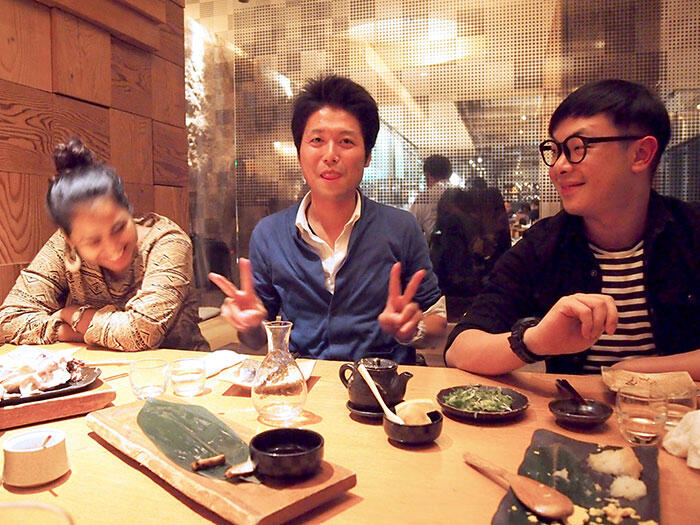
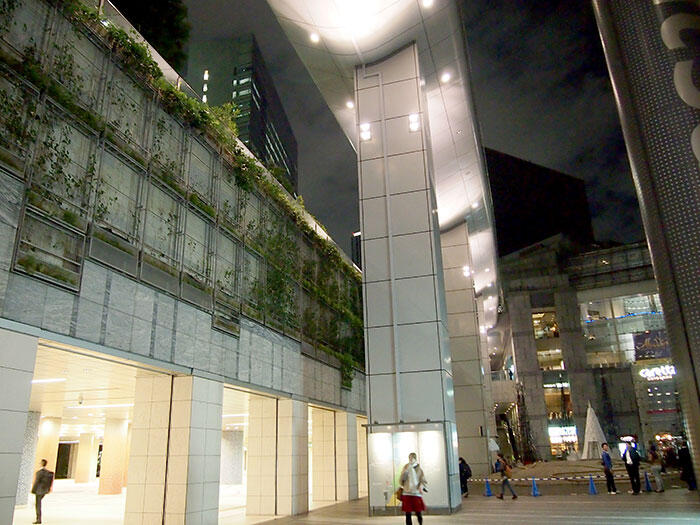


For more info, visit:
www.glico.co.jp/en
www.pocky.glico.com


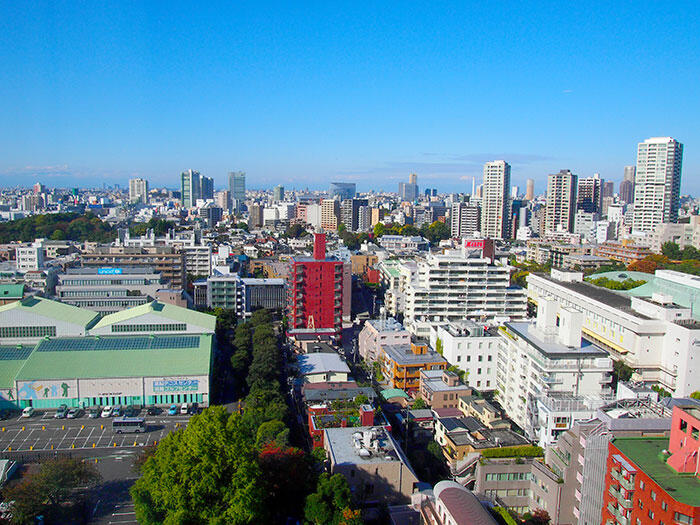
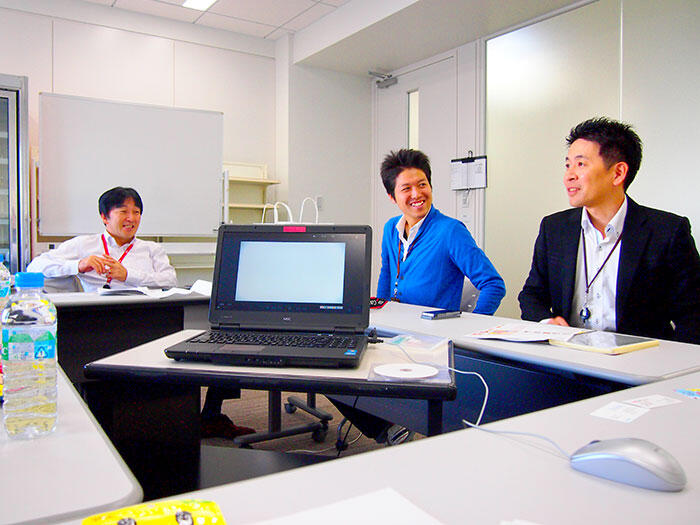

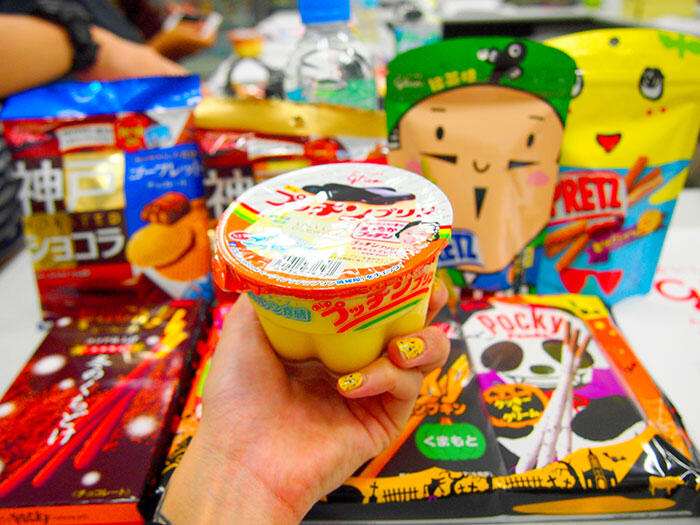
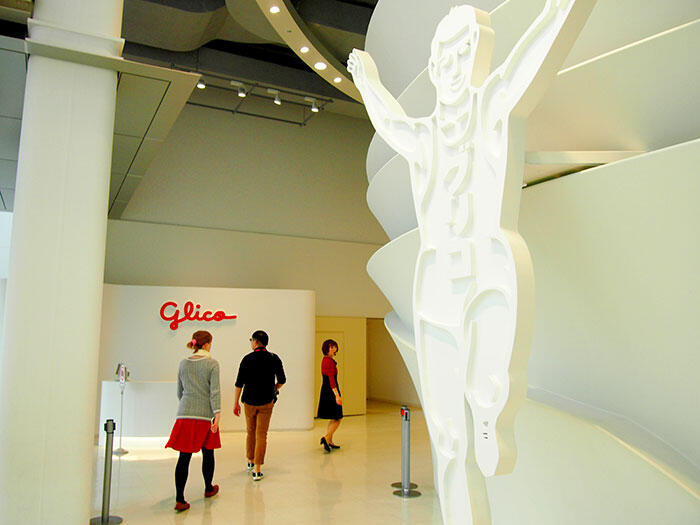
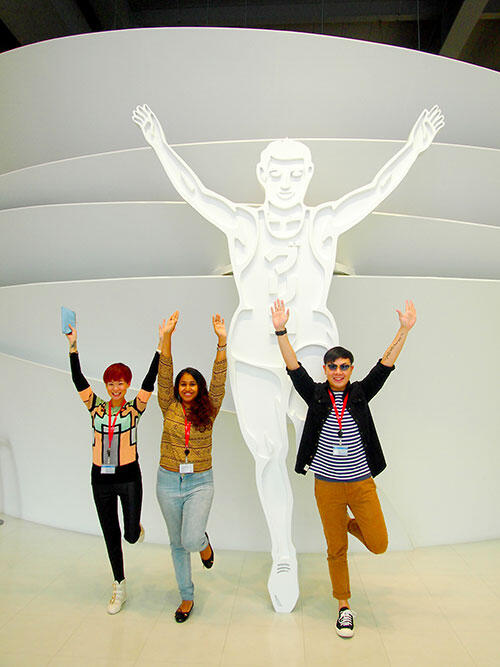
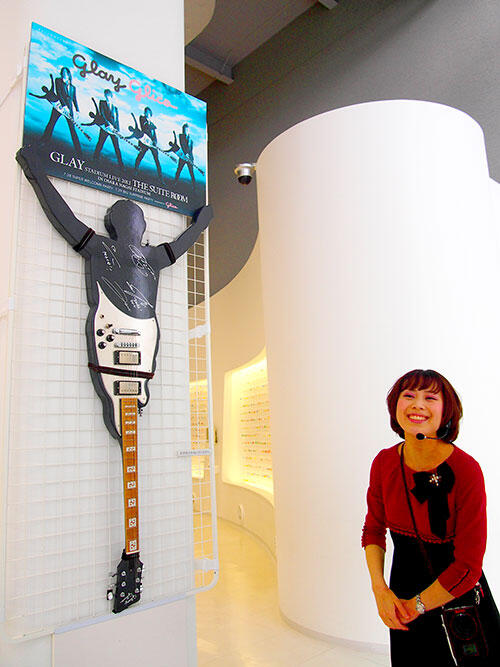
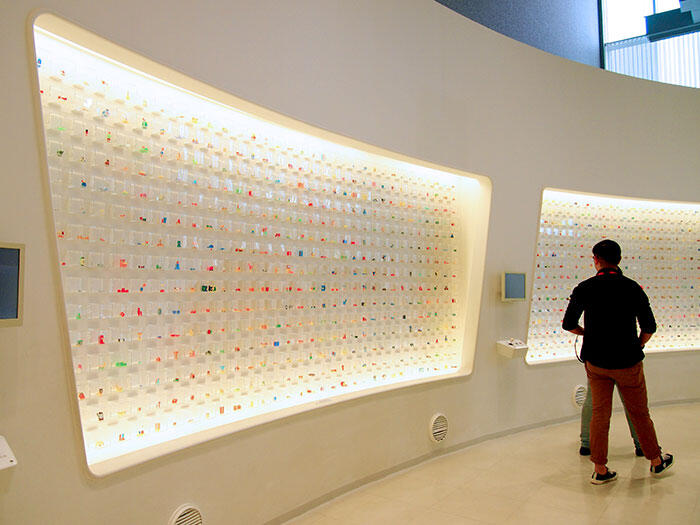
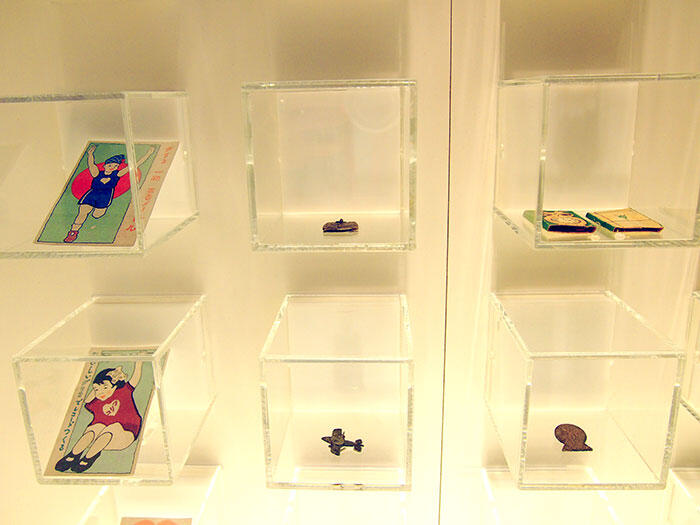
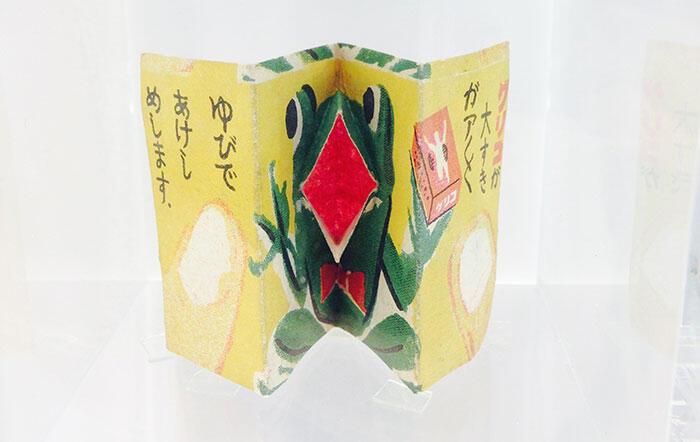

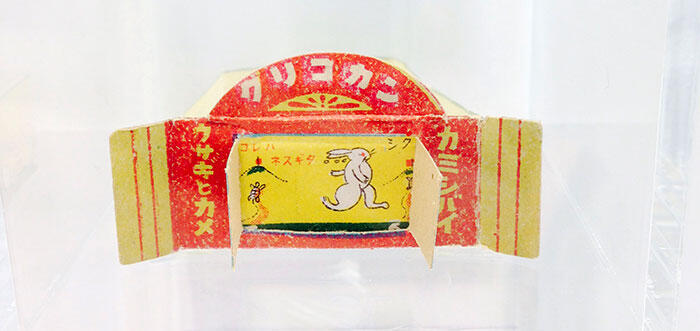
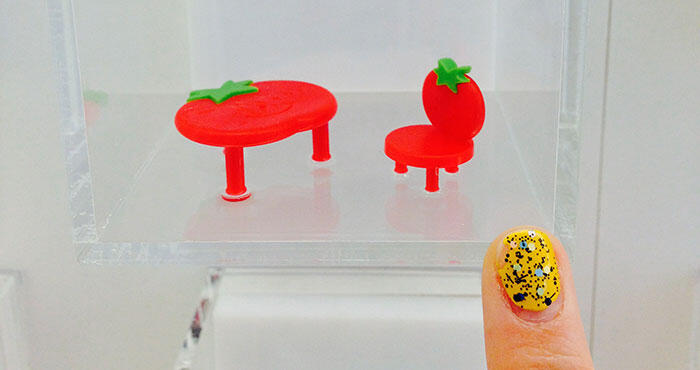
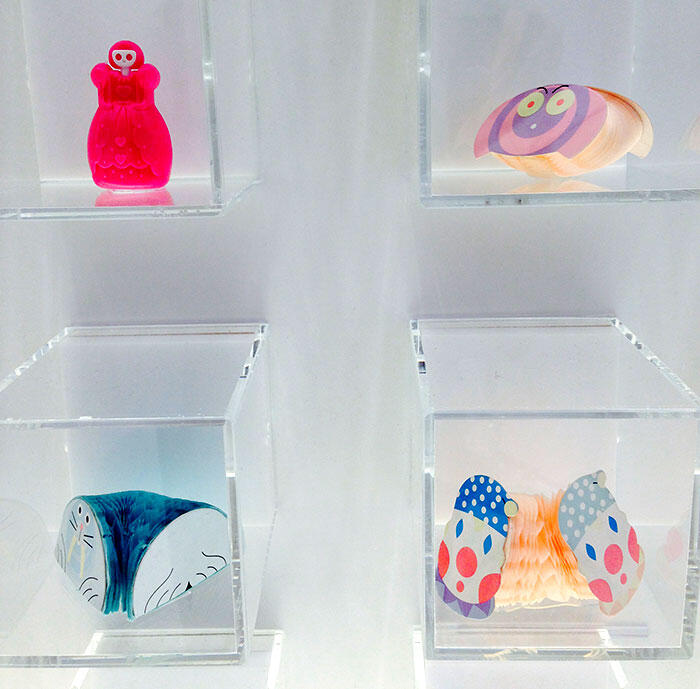
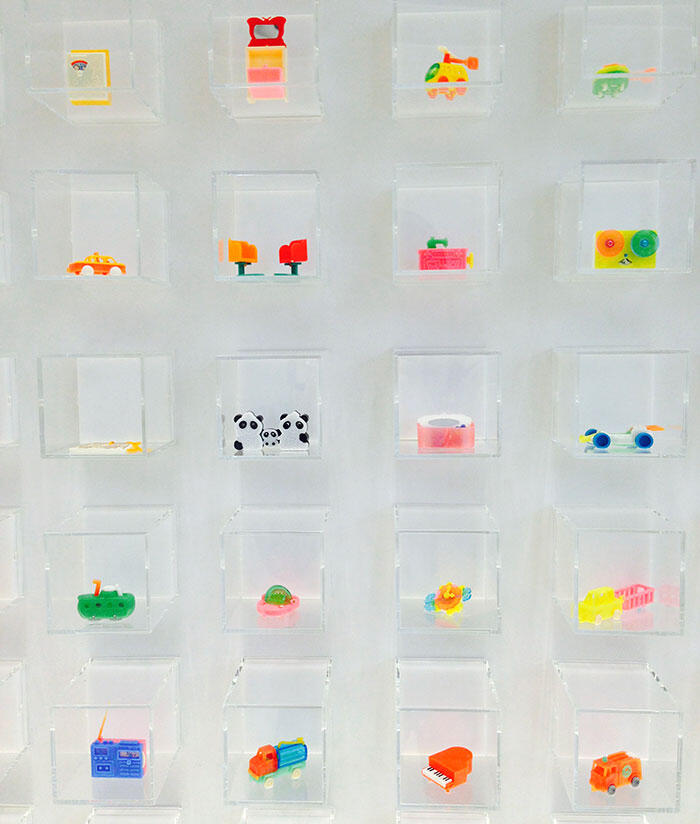
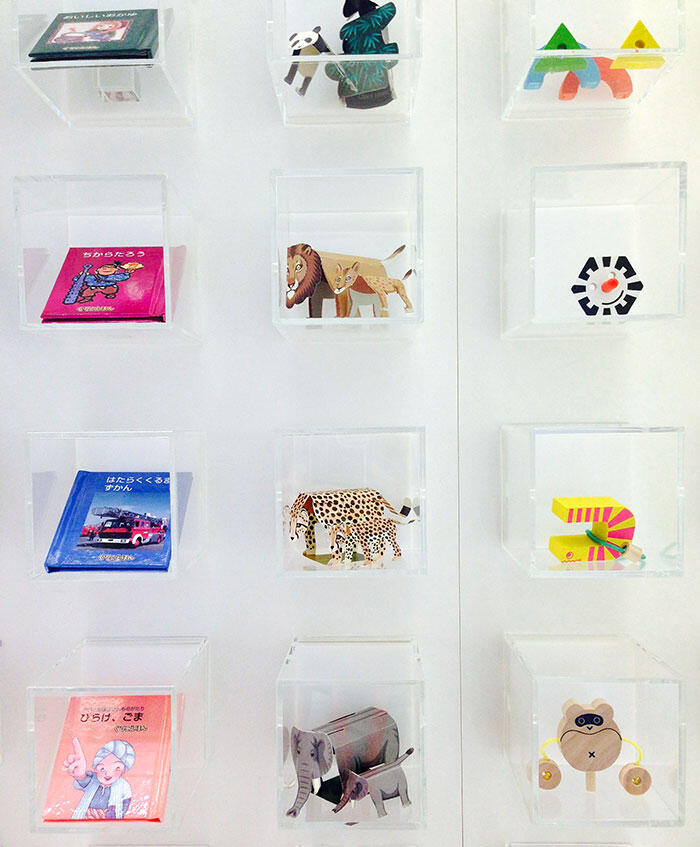

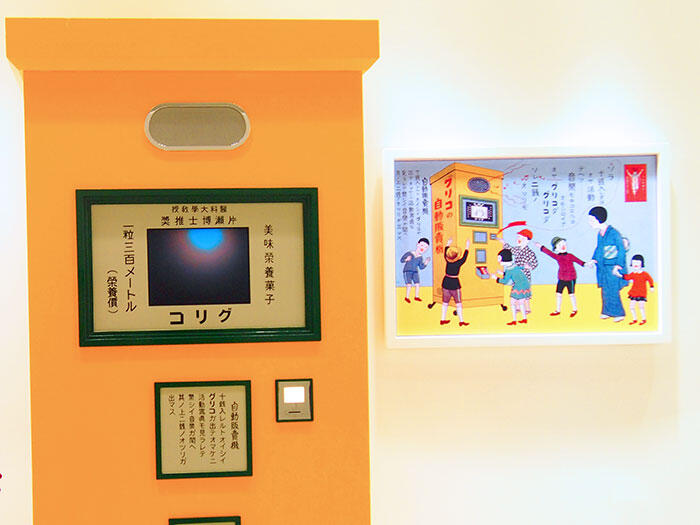

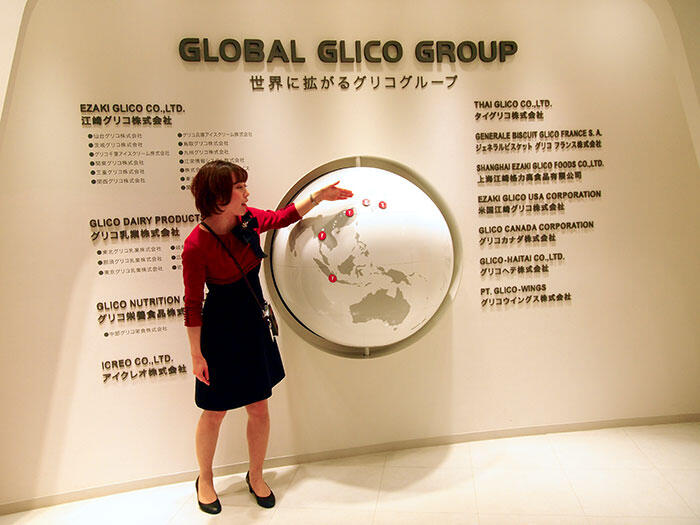
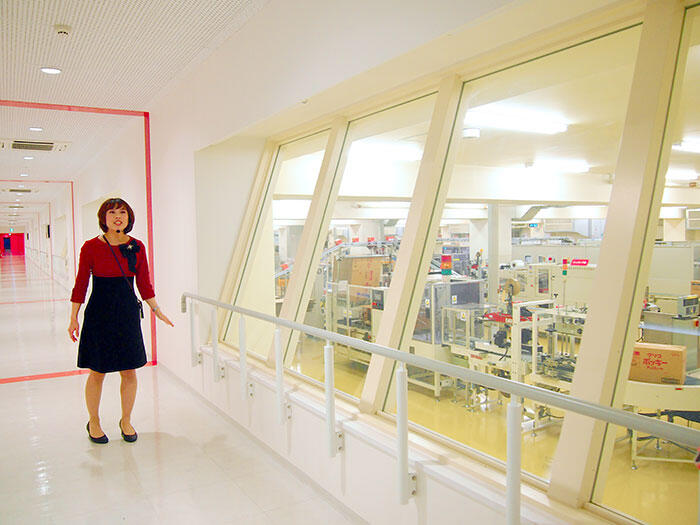

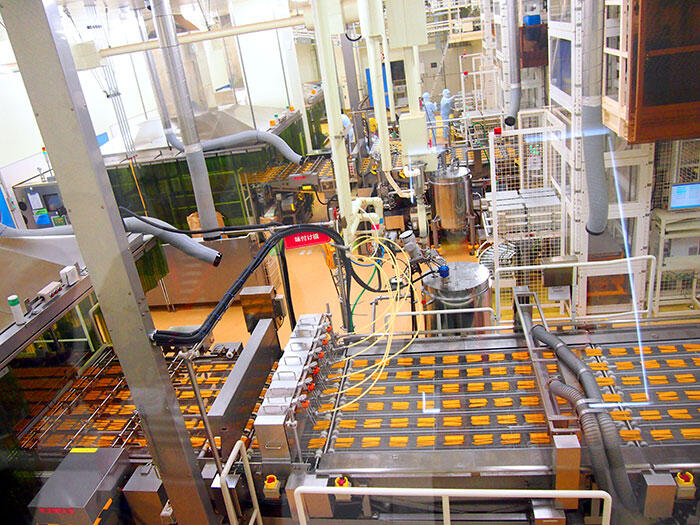
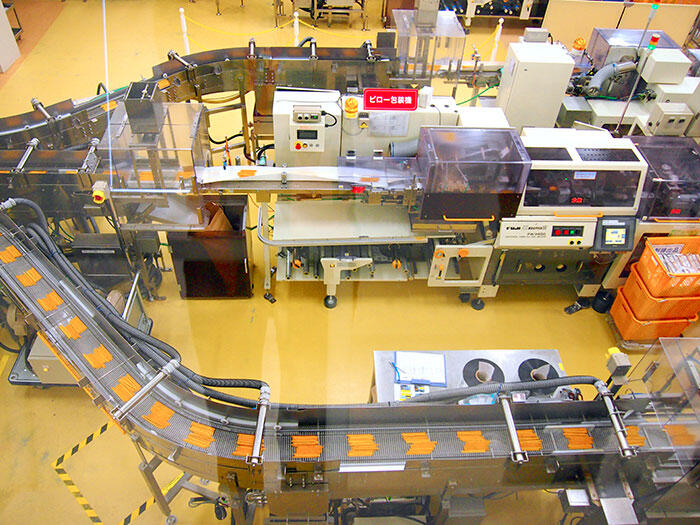
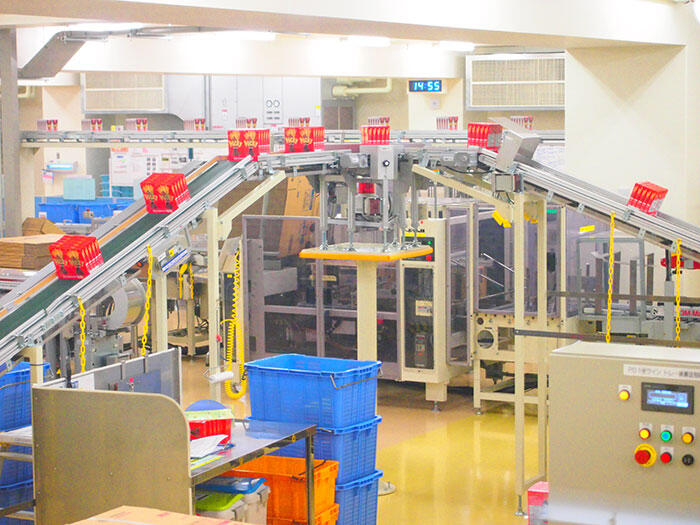
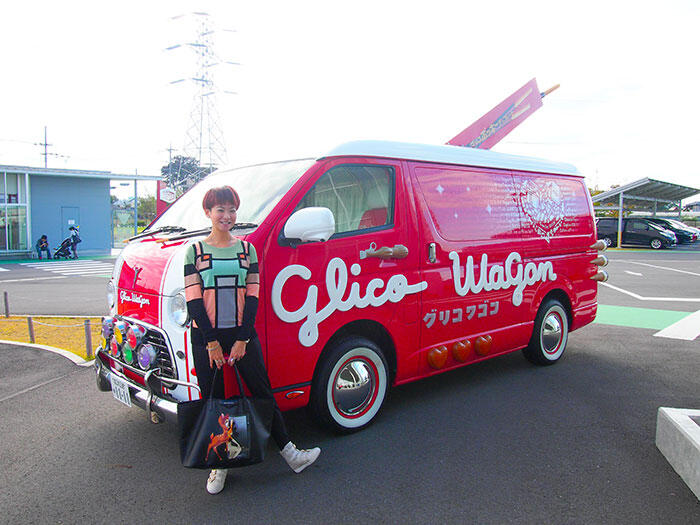

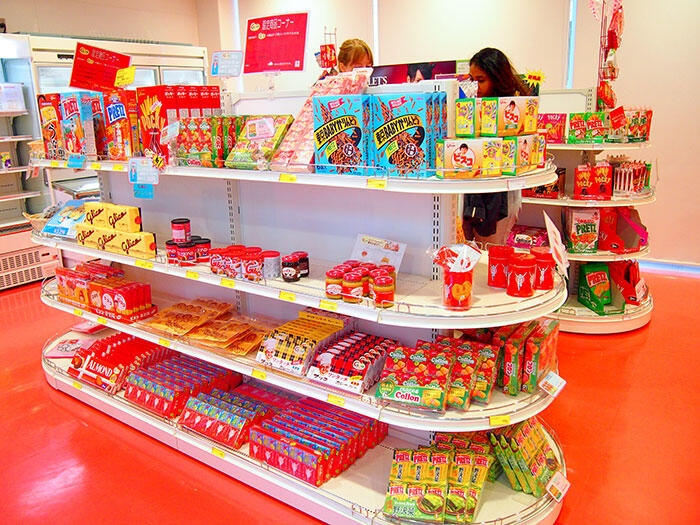
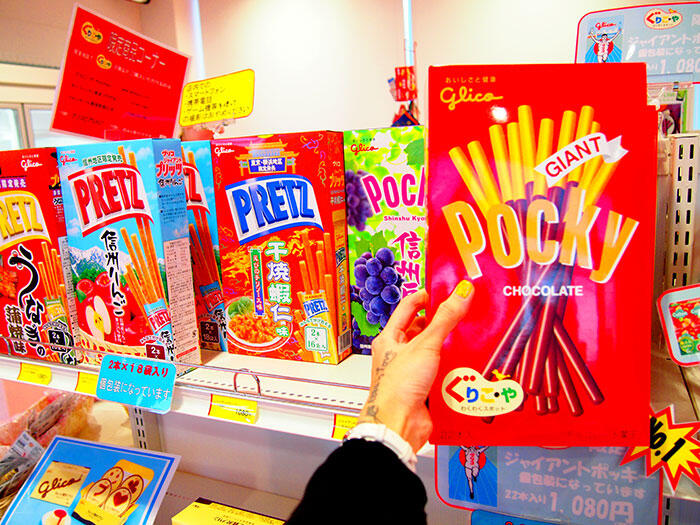
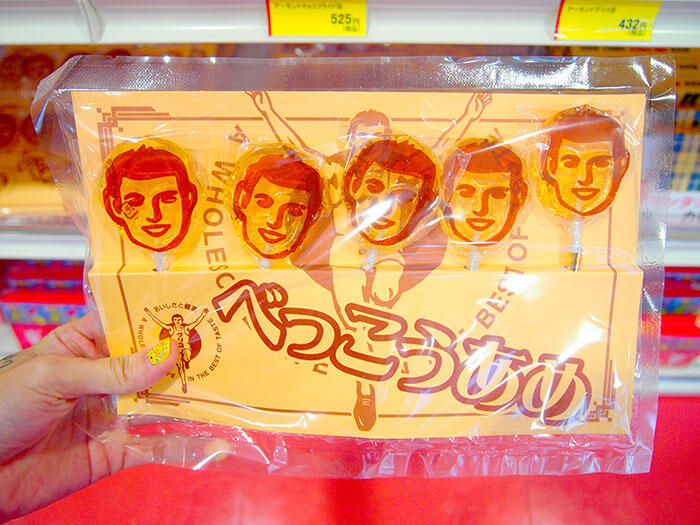
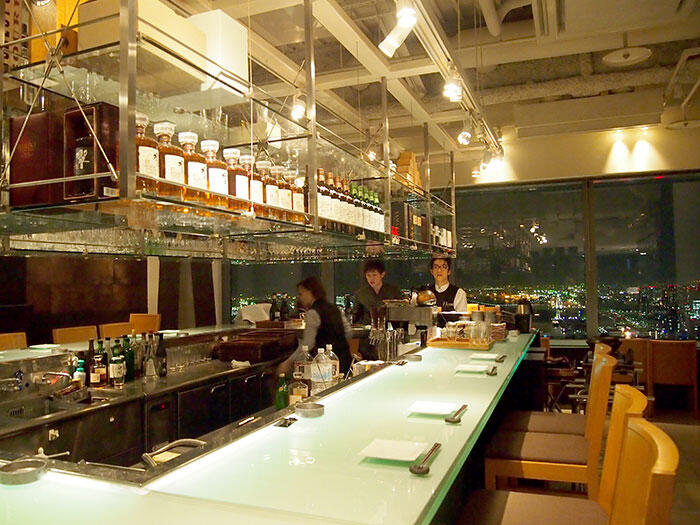
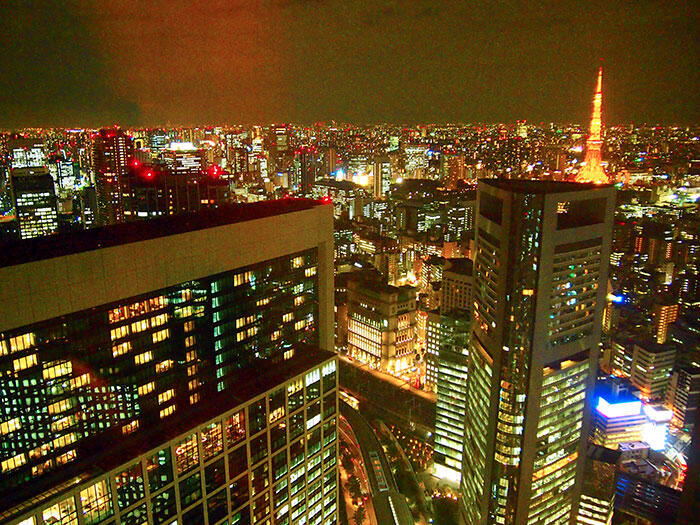
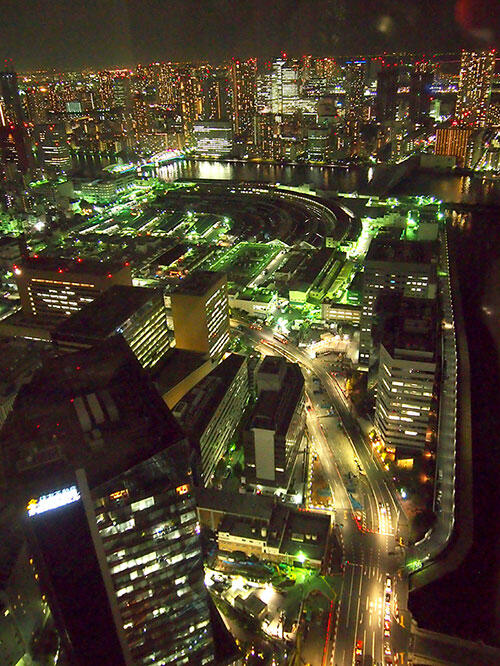






Your avid reader & never commented. This is such a cool cool post. Amazing information & experience. I know you were not trying to show off but im jealous!!! So wanna go but must be invited… Jealous.
[…] had a giant inflatable Pocky folded in a pocket of my backpack since my trip to the factory in Tokyo last year… and i decided then and there that it was the perfect place to blow it up. People were […]